Stop Storing Onions With Potatoes, Plus 8 Other Cooking Mistakes to Avoid
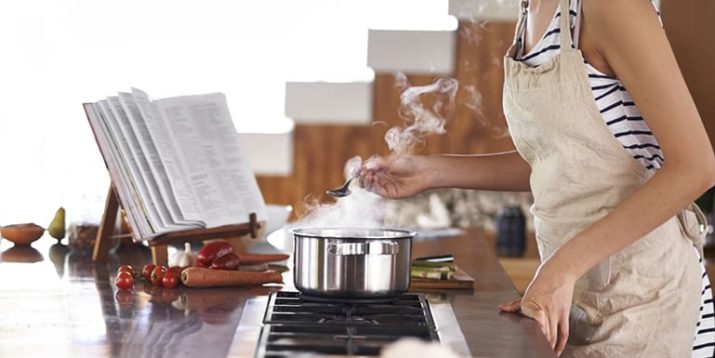
Life is too short to eat food that doesn’t taste good or to waste perfectly good food by cooking it incorrectly.
Luckily, there are some easy, basic rules you can follow that will help you avoid any food fail.
Here are nine of the most common cooking mistakes I see as a cookbook writer — with tips on how to fix them and save any meal.
Mistake #1: Adding Food to a Cold Pan
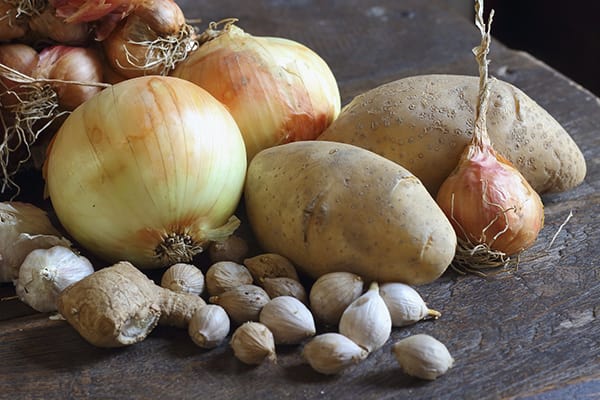
Repeat after me: heat the pan, heat the oil, heat the food. Follow that order and you’ll avoid oil-soaked veggies and meat that sticks to the pan.
This trick can cut fat and calories, too. Hot oil thins out, so it takes less to coat the pan.
Dumping food in a cold pan with cold oil creates a steaming effect, and allows porous foods to soak up more oil, so follow the three-step rule for a satisfyingly crunchy, flavorful exterior on your food.
Mistake #2: Storing Onions With Potatoes
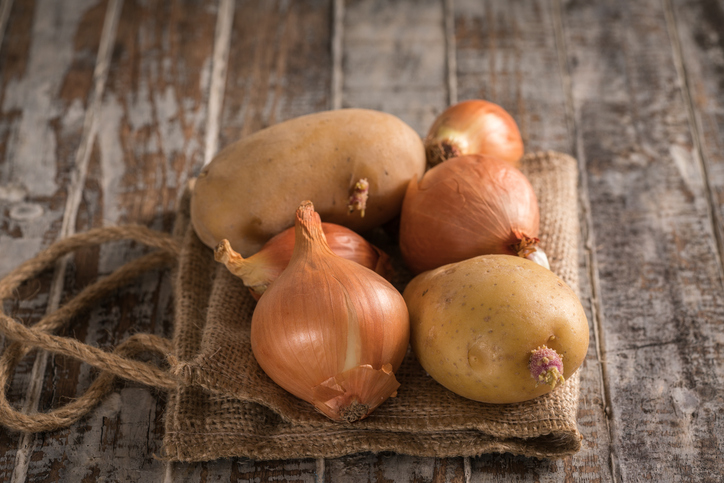
Potatoes and onions are a delicious duo, but they should be stored separately to keep them fresher for longer.
Onions emit a gas that speeds up spoilage of potatoes, causing them to sprout.
Store onions on the countertop for plenty of ventilation, and keep potatoes in a cool, dry, dark place.
Mistake #3: Refrigerating All Vegetables
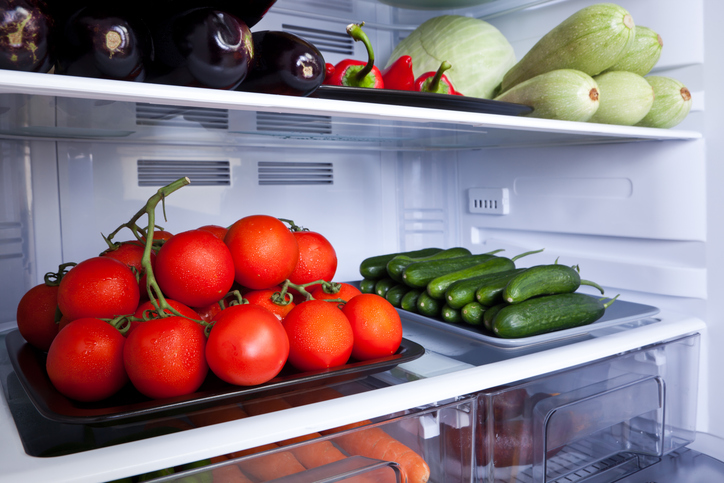
Most vegetables should be refrigerated — but not all of them.
Tomatoes should be treated like the fruits they technically are and kept on the counter.
Cold temperatures make tomatoes mealy and dulls their flavor. (The exception: Chopped raw tomatoes will spoil if not refrigerated.)
Do the same with fresh basil: Store it as you would fresh flowers to keep it from turning black.
Mistake #4: Tossing Herbs and Spices Into Dishes
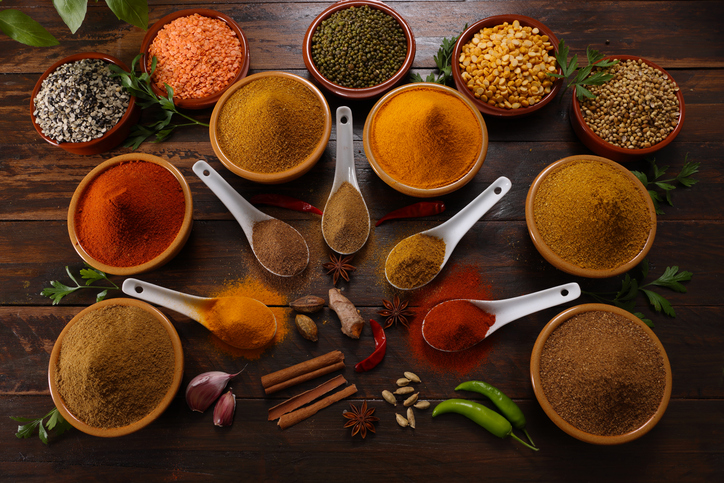
Dried herbs and spices are packed with flavor and phytonutrients, but all the good stuff is locked inside.
If you simply toss them onto chicken breasts or into a pot of soup, you won’t really taste them.
Grinding spices in a clean coffee grinder and rubbing herbs between your fingers release their aroma and flavor, as does adding them early in the cooking process.
Cook dried herbs and spices in a bit of fat (a process called “blooming”) to unlock and boost their flavor even more.
(Check out these tips on blooming and how to bloom whole spices vs. ground spices.)
Mistake #5: Overcrowding the Pan
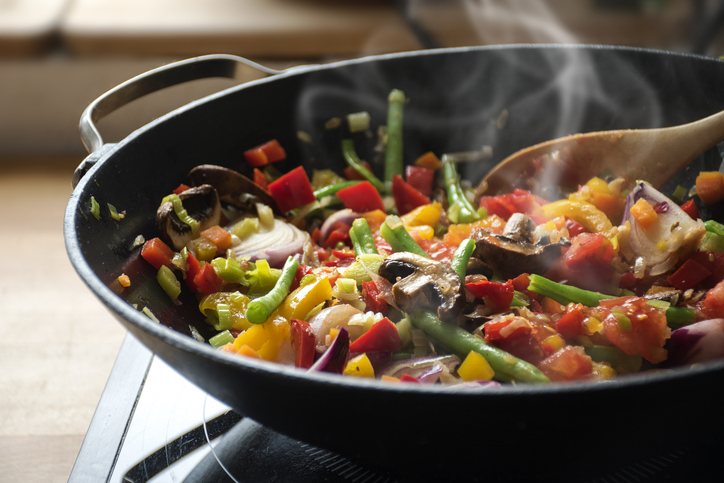
When pan roasting, sautéing, or otherwise trying to brown or get a nice crust, your food needs some space to do its thing, so make sure that no two pieces are touching.
This helps develop color, which in turn adds flavor and depth, instead of steaming it.
Leave at least a half-inch between pieces of food. If you’re in a hurry, use two pans or switch to a larger pan.
Mistake #6: Turning Food Too Soon, Too Often
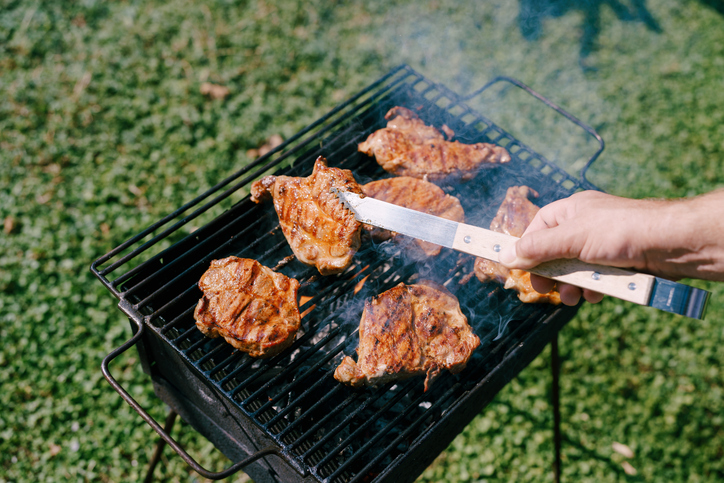
Despite following all the rules here, you haven’t mastered the sear — or your food sticks to the pan.
You may be turning it too soon or too often. Practice patience, and wait until you can easily slide a spatula under your food before turning it.
Mistake #7: Drowning Salad in Dressing
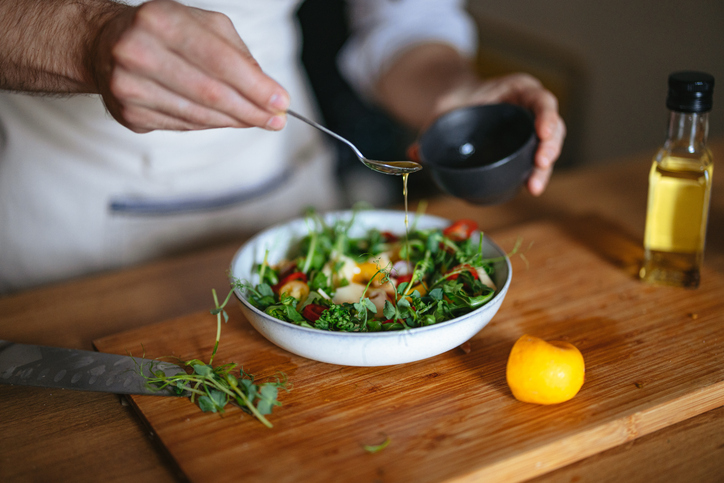
Ever wonder how restaurants perfectly coat each leaf of lettuce without leaving a pool of dressing at the bottom of your bowl?
It’s all about the order. Dressing shouldn’t be your last step.
The secret to perfectly dressed greens is to start with the dressing.
Add half a serving of dressing to the bottom of a large bowl, then add your greens. Using tongs, toss until coated evenly.
Add other ingredients and more dressing if needed. Toss gently. Season to taste with salt and pepper. (This is another chef’s trick!)
Mistake #8: Adding Oil to Pasta Water
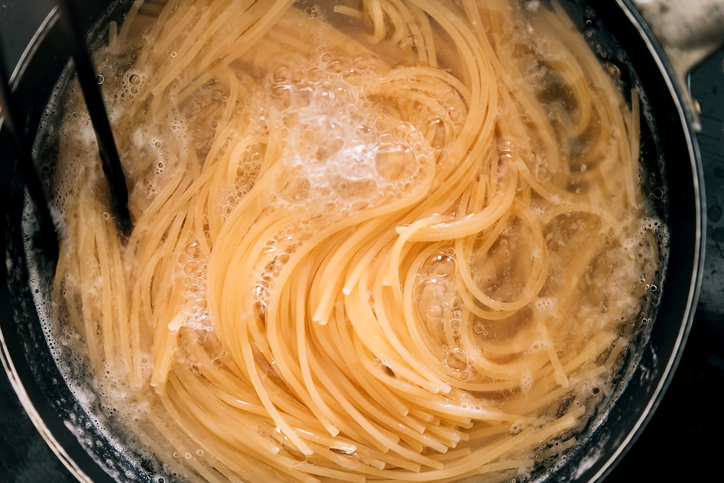
Clumpy, sticky pasta is seriously unappetizing, so adding oil to the cooking water seems like a genius idea, right?
The trouble is that you’re adding oil to water. The two don’t mix, so you create an oil slick on top of the water.
When you drain the pasta, the oil sticks to the starchy noodles, making your sauce slide right off — and adding fat and calories.
Instead, stir your pasta as it cooks to keep the noodles separate. Use a pot large enough for your noodles to move around.
And cook to al dente (“firm to the tooth”) rather than tender, which can quickly turn into a mushy blob.
Mistake #9: Not Letting Meat Rest
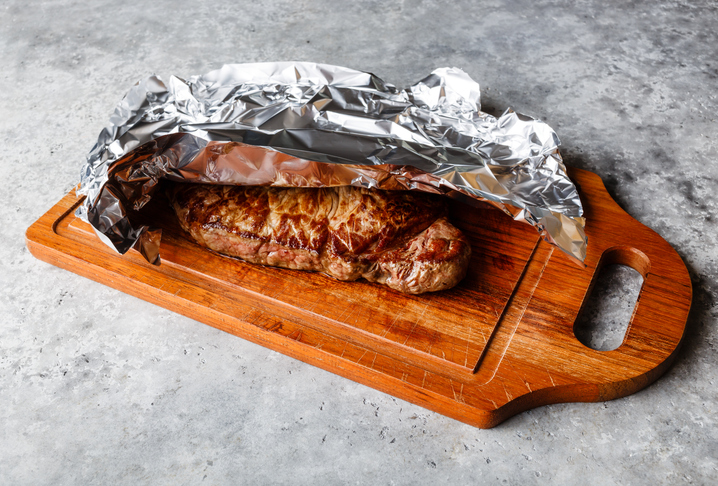
You’ve mastered the sear, and now it’s time to eat. That first bite is so juicy, but as you keep eating, it seems dry. What gives?
As you cook meat, the juices collect in the center. When you slice into it, all those yummy juices run out.
If you just wait 10 minutes, the juices will redistribute throughout the meat, so each bite is moist and flavorful.
